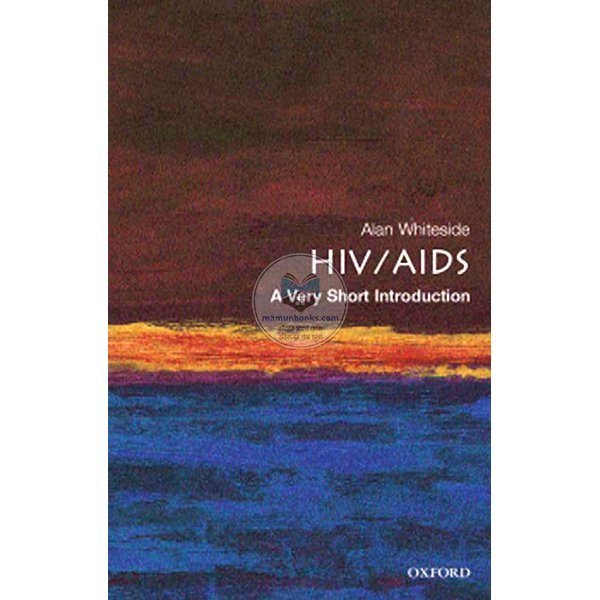HIV-AIDS A Very Short Introduction
HIV/AIDS is without doubt the worst epidemic to hit humankind since the Black Death. The first case was identified in 1981; by 2004 it was estimated that about 40 million people were living with the disease, and about 20 million had died. Despite rapid scientific advances there is still no cure and the drugs are expensive and toxic. Because of controversies and taboos surrounding safe drug usage and prostitution, the numbers of people infected continues to rise. However, it is in the developing world and especially parts of Africa that the real catastrophe is unfolding. In some of the worst affected countries life expectancy has plummeted to below 35 years, which has led to a serious decline in economic growth, a sharp rise in orphaning, and the imminent collapse of health care systems. The news is not all bleak though. There have been unprecedented breakthroughs in understanding diseases and developing drugs. Because the disease is so closely linked to sexual activity and drug use, the need to understand and change behaviour has caused us to reassess what it means to be human and how we should operate in the globalising world. This Very Short Introduction provides an introduction to the disease, tackling the science, the international and local politics, the fascinating demographics, and the devastating consequences of the disease, and explores how we have — and must — respond. ABOUT THE SERIES: The Very Short Introductions series from Oxford University Press contains hundreds of titles in almost every subject area. These pocket-sized books are the perfect way to get ahead in a new subject quickly. Our expert authors combine facts, analysis, perspective, new ideas, and enthusiasm to make interesting and challenging topics highly readable.
Source: Publisher

0 Review(s) for HIV-AIDS A Very Short Introduction